Ceramics for laboratories
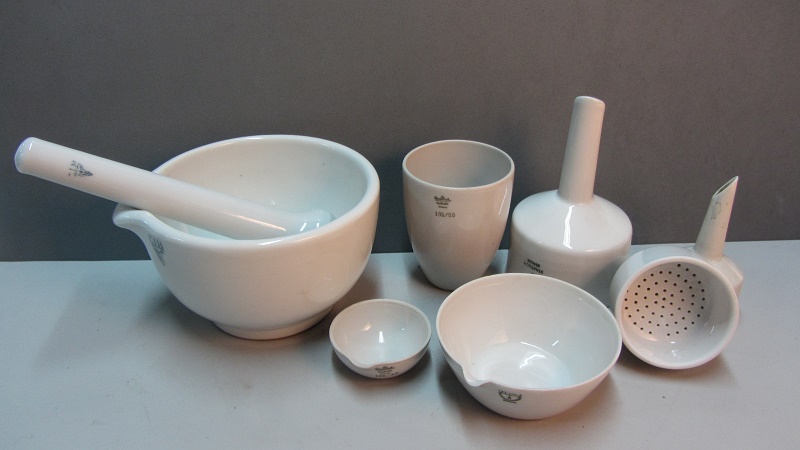
Porcelain materials are used for the separation of mixtures by evaporation and for subjecting to heat certain substances that require high temperatures. In other words it allows to carbonize substance and chemical compounds, it resists high temperatures it serves to heat or melt solid substances or evaporate liquids.
 Crucibles
Crucibles
The porcelain crucible is a laboratory material used mainly to heat, melt, burn, and burn substances. It is a small container which has a cavity responsible for melting and calcining. To melt and heat with the porcelain crucible gloves or tongs must be used to remove it from the flame.
Porcelain combustion vessel
Manufactured in unglazed porcelain Ideal for combustion processes or melting metals Maximum temperature 1350ºC
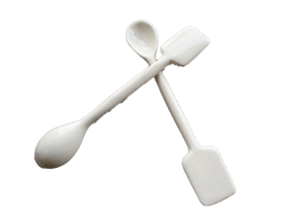
Porcelain spatula
In chemistry, it is one of the laboratory materials. It is used to take small amounts of compounds that are basically powder. It is usually classified within the metal material and it is common to find in technical recipes the term tip of spatula to refer to that amount approximately. They have two curvatures, one on each side, and each one on the opposite side to the other.
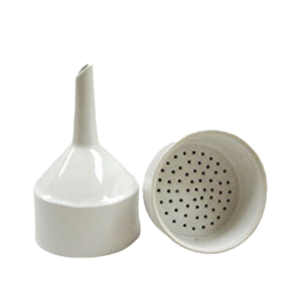
Büchner funnel
A Büchner funnel is a piece of chemistry laboratory equipment used to filter. Traditionally it is produced in porcelain, so it is classified among the porcelain material.
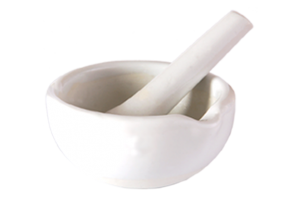
Mortar
A mortar is a tool used to grind and mix substances, including chemicals in a laboratory or food in the kitchen. The mortar is accompanied by a heavy arm, made of porcelain, wood or other materials, whose rounded end is used to crush and grind. The mortar is a container, which can be made of porcelain, wood, carved stone or other materials. The substance is milled between the arm and the mortar, rubbing or hitting the bottom, turning it into a fine powder.
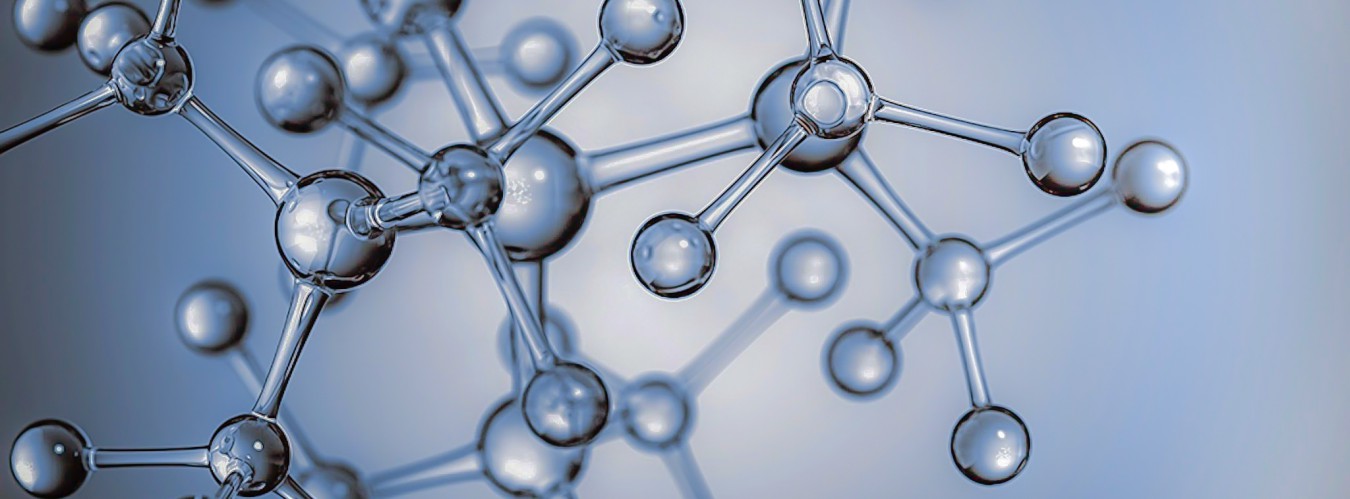
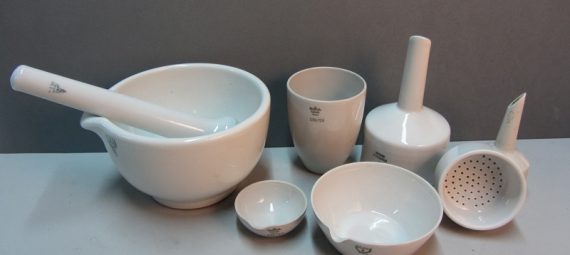
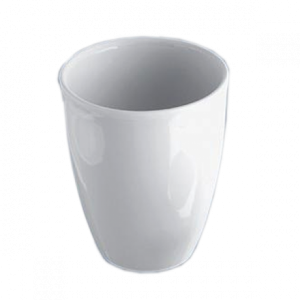 Crucibles
Crucibles